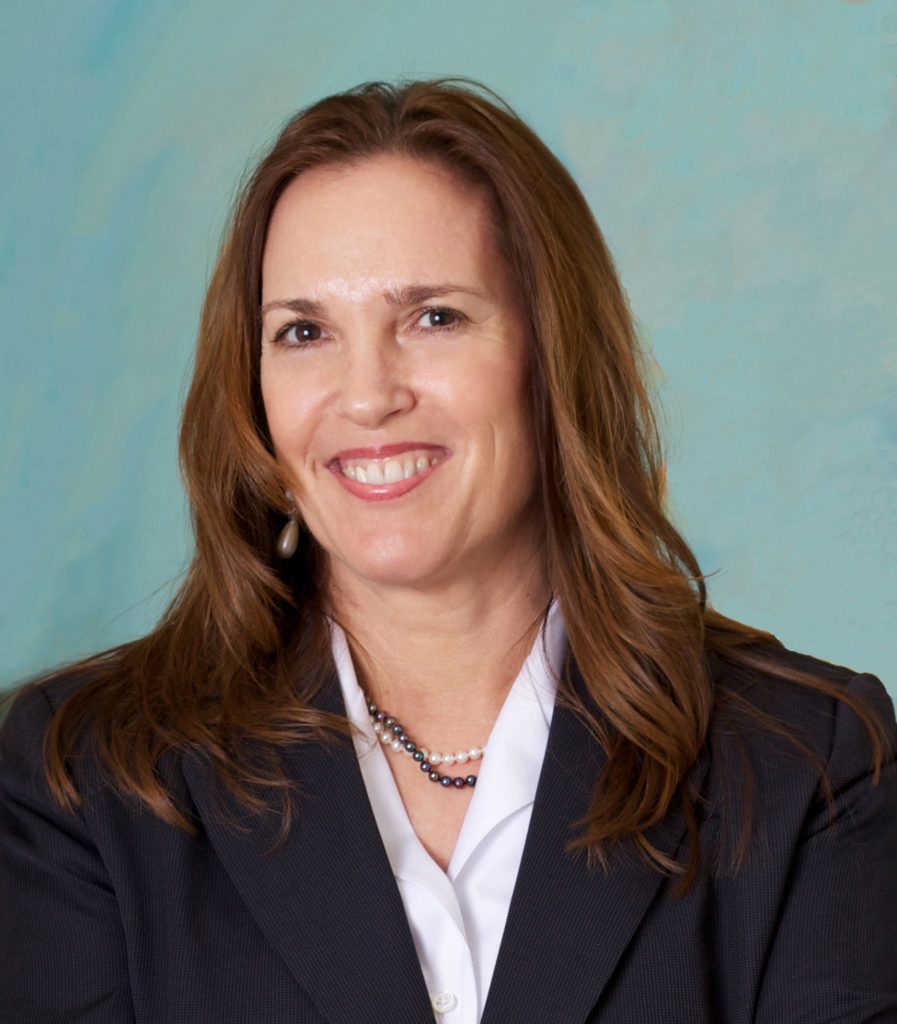
By Meg Davis, Industry Marketing Director, Roads, Bentley Systems

WSP is working with the industry’s most innovative transportation clients to develop “digital twins” of their programs utilizing digital project delivery and digital operations.
Enter the Interstate Bridge Replacement (IBR) Program, a joint effort of the Oregon and Washington departments of transportation (DOTs) and other partners. WSP serves as the prime general engineering consultant (GEC) for this effort.
Many factors influence the efforts to replace the ageing I-5 bridge—including a heightened focus on multimodal transportation options, environmental impacts, and equity. The digital delivery process WSP led represented a milestone for the project, the bridge industry, and other projects alike, with the groundbreaking use of a digital twin model developed with tools from Bentley.
Tom Coleman, WSP USA Vice President, Visualization and Data Intelligence said “What we’re dealing with is a tipping point in our industry.”
He added “We used to do our work based on paper … [now], we’ve had to refocus our whole digital mindset. Digital twins can inform the entire lifecycle of a project from concept to design, into construction and through operation. Real-time data (IoT) and sensors on operations and facility behaviour enable the analysis of these essential considerations and the ability to simulate potential impacts in decision-making.”
Compared to the previous pen-and-paper design practices used in bridge design and construction, the digital twin serves as a synergetic information management system that brings data from various project elements into a single database. Using aerial mapping and reality mesh software from Bentley, WSP has integrated various 3D data and models to display multiple layers of data at once.
According to Douglas J. Dunrud, a senior structural engineering specialist leading WSP’s bridge-building information modelling efforts for the project, this cohesion has been integral in keeping the project on schedule by revealing potential issues, such as conflicts with utilities, earlier in the process. By finding these digital efficiencies, Dunrud believes that WSP will avoid the pitfalls of other infrastructure megaprojects.
Dunrud explained “Basically, everything is linked together—we have a roadway model, a transit model, bridge models, utilities, and water.”
Dunrud added “The fact that we’re all contributing to a single model, or different models that are interrelated, means we’re eliminating the potential for major conflicts that normally [we wouldn’t] find out about until construction, but we can identify during design.”
In Dunrud’s view, other industries have been quicker to accept the benefits of modern technology compared to his own, such as manufacturing, which embraced the switch from printed blueprints to computer modelling long ago.
Dunrud commented “The bridge industry never experienced that change. It’s still more or less like it was 50 years ago, except we draw our plans with [computer-aided design] now.”
He said “So, the whole goal I’ve had for 15 years is to model bridges and then utilize those for construction.”
As a company, this project is also WSP USA’s first North American effort to develop a digital twin solution for a mega infrastructure project. The digital twin represents a new method of project management for the global engineering and design firm. According to Coleman, this innovation comes at a pivotal time when many of WSP’s clients, such as the state DOTs, are facing staff shortages and seeing gaps in the functions that their in-house staff can perform following the COVID-19 pandemic. In this context, WSP is using Bentley software to improve workflows and save time for clients, such as the use of virtual bridge inspection technology to keep processes moving during the COVID-19 pandemic.
Coleman said “These are all things that took months and months to do [before] that we can [now] do instantly.”
Using aerial mapping and reality mesh software from Bentley, WSP has integrated various 3D data and models together to display multiple layers of data at once.
In the construction phase, the digital twin can continue to communicate real-time data to project managers and construction leaders. In a forthcoming innovation, WSP plans to use the Internet of Things technology, installing sensors that will measure potential vibrations during construction. These sensors will alert planners if construction is threatening any damage to the old bridge’s footings, for instance. They could continue to transmit data to the digital twin model, measuring seismic activity that could affect the structure, among other uses.
Beyond these practical improvements, the IBR GEC team includes Knight Architects in the U.K. to support the creation of an iconic landmark for the cities of Portland, Ore. and Vancouver, Wash. and a point of pride for stakeholders.
Dunrud said “The big picture is that we’re not just meeting the functional need, but we’re looking to provide the aesthetics that really make a statement for both cities.”
WSP USA Vice President, Visualization and Data Intelligence Sees Culmination of Career-long Focus on Technology Solutions for Infrastructure
Tom Coleman has set his sights on the future of technology in infrastructure since the beginning of his 25+-year career. Now, as the digital delivery lead on IBR, he is seeing decades of work come to fruition with a digital twin for the design of the Interstate Bridge.
Coleman said “Really, everything that we’re doing with digital twins starts from a foundation of work that I’ve been involved with and accomplished over my whole career.”
Coleman has always been visually oriented, and eager to see projects from design through construction. In his early adulthood, he planted the seeds for his career designing furniture and working in construction before taking on roles as an urban and transportation planner. Since beginning his tenure at WSP in 2005, he has had a hand in projects that involve a broad range of technologies, from drones to mobile applications and now digital twins.
Through the years, his focus was always on advancing the quality and capabilities of visualization for infrastructure projects, often pushing the limits of what the available technologies for visualization could do. For example, in 2016, when Coleman led an effort to create a 3D model with aerial LiDAR data of over 500 square miles of the City of Chicago, he used a software tool that was created to model individual structures using aerial LiDAR data. He purposed it for an entire cityscape, linking information from the city’s existing data portal. The model supported planning efforts for several local projects, including the Chicago Department of Aviation’s plans to develop a premium express rail service between O’Hare Airport and the Chicago Loop to support the Chicago River Ideas Lab project.
What this model lacked was easy access to real-time data to reflect everyday conditions and progress in ongoing infrastructure projects and development. Now, however, with digital twins, concurrent data presentation is possible for projects.
Coleman commented “I’ve had a long-term focus on how we connect visualization to data, and IBR is the first opportunity I’ve encountered to do that.”
He said “It’s kind of the culmination of my career […] because five years ago, 10 years ago, I talked about the same thing, but just didn’t have a way to do it [yet].”
Ultimately, Coleman’s passion for digitally advancing infrastructure is about pushing for heightened efficiency, enabling engineers to meet society’s logistical challenges more quickly and making people’s movement through the world safer. In his view, the planning and engineering professions are geared toward service, which has been a priority for him since his early career, when he served as a Peace Corps Urban Development volunteer in Nepal in the early 1990s assisting with Nepalese infrastructure programs.
“Our role is to make life better for ourselves and the communities around us. That is the aspiration,” he said.
